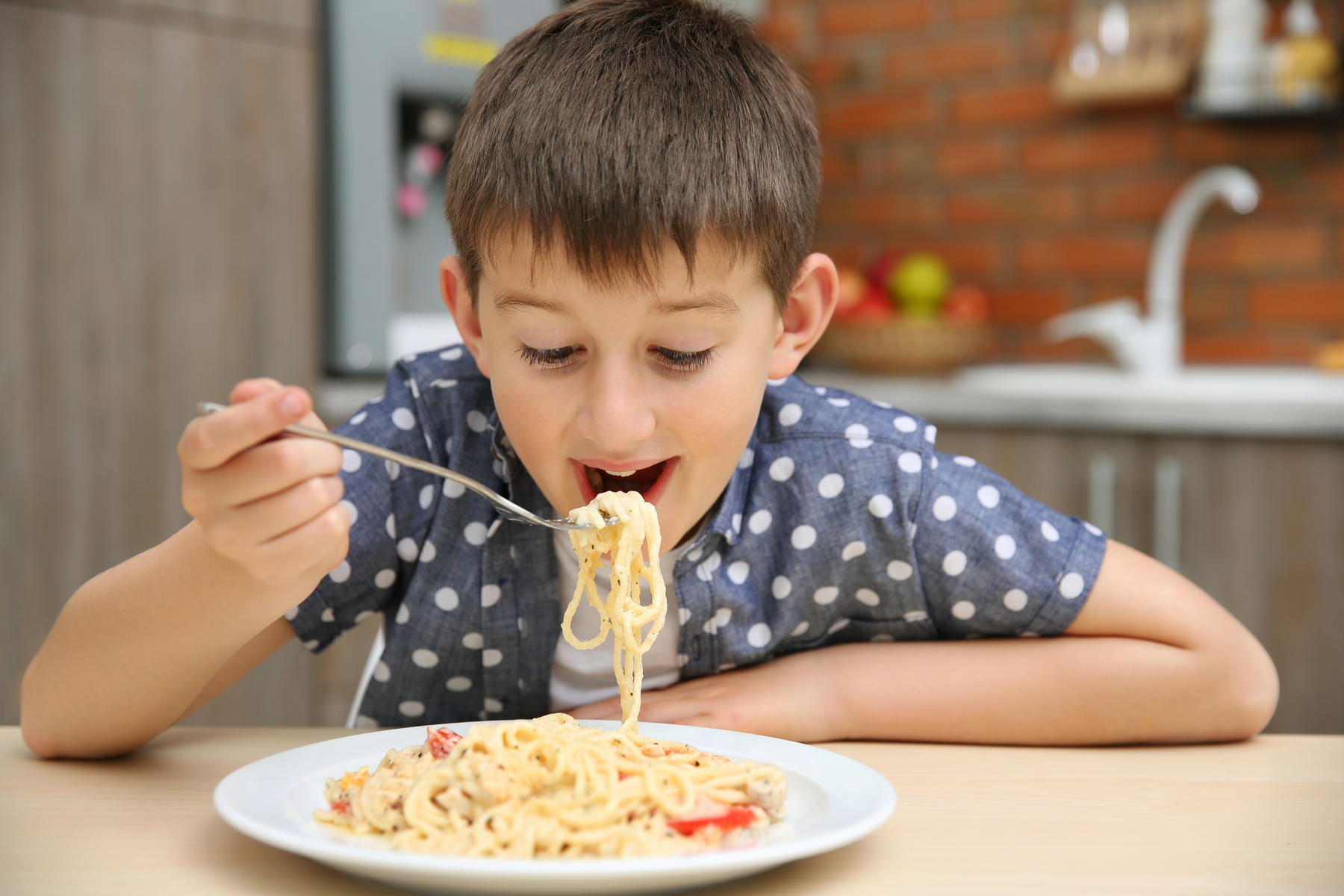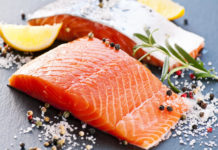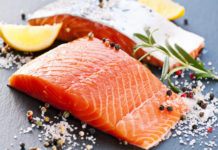
Imagine this scenario. You found time in your busy day to schedule and prepare a family dinner. You included protein and vegetables to make it balanced, only to see your child piling pasta on his plate… then more pasta… and eating nothing else but pasta!
Sound familiar? You are not alone. I have met many parents who were concerned about their child's love for plain starchy foods like noodles, bread, rice, or mashed potatoes.
A seemingly logical step would be to implement portion control and encourage the child to eat in a more balanced way. But limiting food does not work for children (or grown ups) who tend to react to dietary restrictions with intense cravings and usually find a way to get what they want. I remember counseling a family in which a five year-old girl was sneaking bagels into her bedroom after her health-conscious parents started "watching" her portion sizes.
But the question is, are starchy foods bad for your child?
Far from it. Starchy foods are rich in carbohydrates. This makes them a great option for kids. Here's why:
- Kids have a innate penchant for sweet and starchy foods, which is logical from an evolutionary stand point. These foods make an efficient source of fuel for developing bodies and rapidly growing brains.
- Although many adults choose to limit carbohydrates or eat only whole grains for weight and health reasons, I typically do not recommend doing the same for children unless directed by a health professional for medical reasons. First of all, carbohydrates are a great way to meet high energy needs since they are easy for even the pickiest eaters to like. Secondly, too many fiber-rich foods may fill kids' small stomachs before children get enough calories or nutrition. Aiming for a 50/50 ratio of refined to whole grains is a good goal for most kids.
- Although many starchy options like pasta and potatoes get a bad rep as "empty carbs", they are far from being nutritionally void. Potatoes, for example, are a good source of fiber (if you do not peel them before cooking) and vitamin C. And did you know that just one serving of pasta contains around 1/3 of a toddler's daily protein needs? And if you take into account that many starchy foods like pasta and cereals are fortified, it's clear that these foods are quite nutritious.
But it's easy to fall into the trap of preparing the same starchy foods, even nutritious ones, over and over again. For example, my kids went to three playdates last week and were served some kind of pasta at every single of them. And guess who made noodles and mac 'n' cheese for dinner the same week?
Here are a few ideas to increase variety without making your child feel carb-deprived:
- Experiment with other grains and vegetables. Explore the grain and starchy vegetable aisles in your grocery store. Although there is nothing inherently wrong with wheat unless one has a gluten sensitivity or wheat allergy, it is very easy to over rely on it, mainly because it is so ubiquitous in our food supply. Toast for breakfast, a sandwich for lunch, crackers for snack, and pizza for dinner make up a fairly typical menu. What about granola, cooked oatmeal, or buckwheat pancakes for breakfast? Corn tortillas with guacamole or veggie chips with hummus for a snack? Potato fritters, roasted sweet potato wedges, grilled corn on the cob, polenta, boiled potatoes, rice, or quinoa for a dinner side?
- Think of veggie and protein "safe food" options. Do you always include a familiar and liked option in family meals for your child? If so, great! I am a big proponent of the Division of Responsibility in feeding, where parents carefully and lovingly plan meals while kids choose what and how much to eat. To make it work for your family, make a list of your child's preferred or safe foods, divide them into foods groups, and include one or two in every meal you plan for the whole family. Remember, the safe food you include does not always have to be starchy. Try serving a familiar veggie or protein instead and combine them with a new or less liked starch. Example: breaded chicken and peas (both safe foods, perhaps) served with quinoa (a less familiar food).
- Mix it up. It is absolutely fine if your child eats only white pasta or rice, but, for the sake of variety, why not introduce their whole grain cousins? To start, mix a small amount of whole grains into the refined option and increase the ratio of whole grains gradually over time.
- Set up a "bar". Instead of offering plain noodles or a naked baked potato, set up an exciting mix-and-match toppings bar. Make sure to include some conventional options like cheese, butter, or tomato sauce as well as more interesting toppings like olives, canned tuna, avocado, corn, herbs, fresh tomatoes, cooked chicken or ham, crumbled bacon, wilted or fresh spinach, sautéed or fresh onions, and even jalapeño peppers.
Starchy foods are most kids' all-time favorites. Instead of limiting them in the hope to get children to explore other dinnertime offerings, use the "power of pasta" to introduce more variety in meals. Chances are you'll see your child learn to enjoy a more balanced diet without mealtime drama.
Related: 5 Healthier Pasta Recipes
Natalia Stasenko MS, RD, CDN is a pediatric dietitian based in London and New York. She offers an online, one-on-one support program for parents of picky eaters called Feeding Bytes, and is the mother of three. Natalia is the cowriter of the cookbook Baby-Led Feeding, and when not writing, teaching or consulting, she is in the kitchen cooking and eating with her family. Read more of her stories on feedingbytes.com.
Image: Boy eating pasta via Shutterstock





